Best Bond Funds for Every Need
In a changing market, it’s important to remember why we hold bonds in the first place.


A properly diversified bond portfolio has a range of holdings, as no single type of bond (or bond fund) can do it all.
We've identified 15 bond funds in four key categories:
- Counterbalancing: Holding steady when stocks fall.
- Generating income: Not easy in today's rate environment, but still a key role.
- Preserving capital: Preventing losses on money you'll need soon.
- Inflation hedging: No, there's little inflation now, but consider this as insurance.
Pick from them to build a portfolio that meets your needs, which can vary based on your age or time horizon. For example, if you're younger, with most of your money in stocks, you'll want to emphasize stock diversification. If you're older and have already rebalanced to holding mostly fixed-income assets, you might want to have more of those bonds skewed toward returns. (See How to Create Income for Life for more about keeping the money coming in.)

Counterbalancing: Vanguard Core Bond
- Symbol: VCORX
- 1-year return: 10.6%
- 3-year return: 6.2%
- 5-year return: --
- Expense ratio: 0.25%
- Yield: 1.2%
Actively managed Vanguard Core Bond tilts mostly toward mortgage-backed securities. That has helped the fund beat its benchmark, the Bloomberg Barclays U.S. Aggregate Bond index, over the past one and three years.
13 Best Vanguard Funds for the Next Bull Market
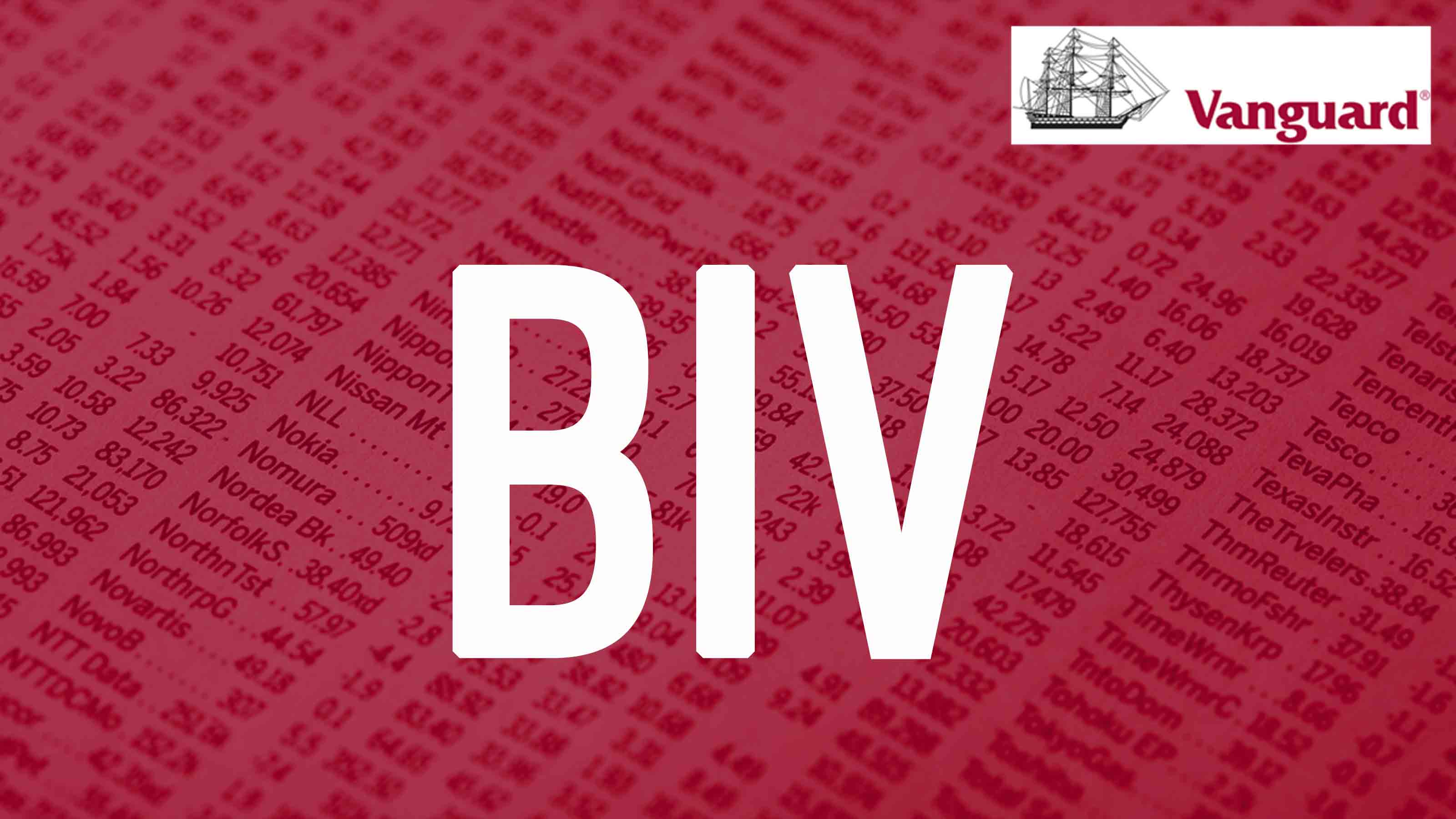
Counterbalancing: Vanguard Intermediate-Term Bond ETF
- Symbol: BIV
- 1-year return: 10.1%
- 3-year return: 6.4%
- 5-year return: 5.2%
- Expense ratio: 0.05%
- Yield: 1.0%
Fans of exchange-traded funds should look at Vanguard Intermediate-Term Bond. It is index-based—passively managed funds are not our first choice for this corner of your portfolio—but the fund has beaten the Agg index in eight of the past 10 calendar years (and so far in 2020). More than half of the portfolio holds government debt, and much of the rest is in high-grade corporate bonds.
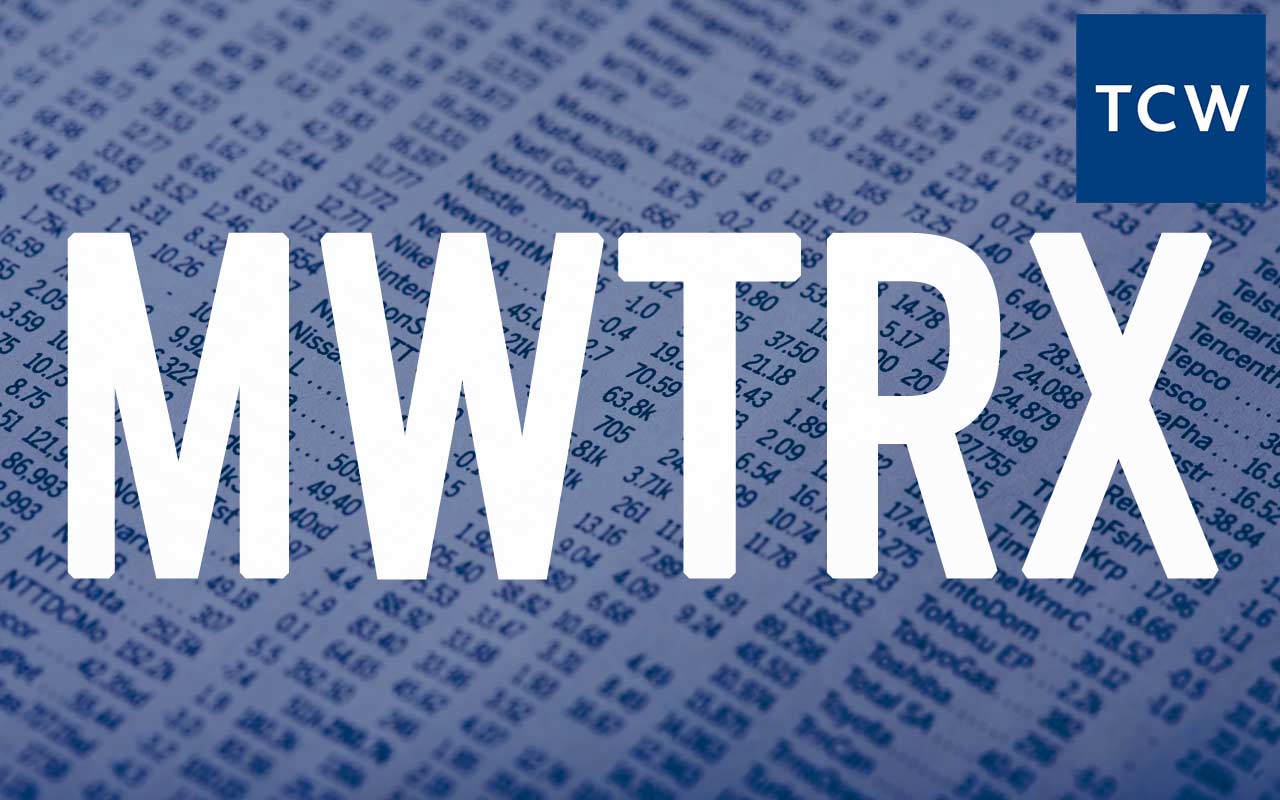
Counterbalancing Plus: Metropolitan West Total Return Bond
- Symbol: MWTRX
- 1-year return: 9.1%
- 3-year return: 5.8%
- 5-year return: 4.4%
- Expense ratio: 0.67%
- Yield: 1.2%
Aggressive investors who have longer time horizons—more than 10 years before they need the money, say—can perk up their core holdings with a sliver in an intermediate-term, core-plus fund. The plus distinction means these funds have more latitude to invest in junkier debt than traditional core bond funds. But they also hold safe-haven government IOUs.
Metropolitan West Total Return Bond is a core-plus bond fund and a member of the Kiplinger 25, the list of our favorite no-load funds. The managers are bargain-minded, patient and disciplined. The fund is currently defensively positioned, with 62% of its assets in triple-A-rated debt. (Less than 7% is invested in junk-rated IOUs.) Over the past three years, the fund’s annualized 5.8% return beat 76% of its core-plus bond fund peers.
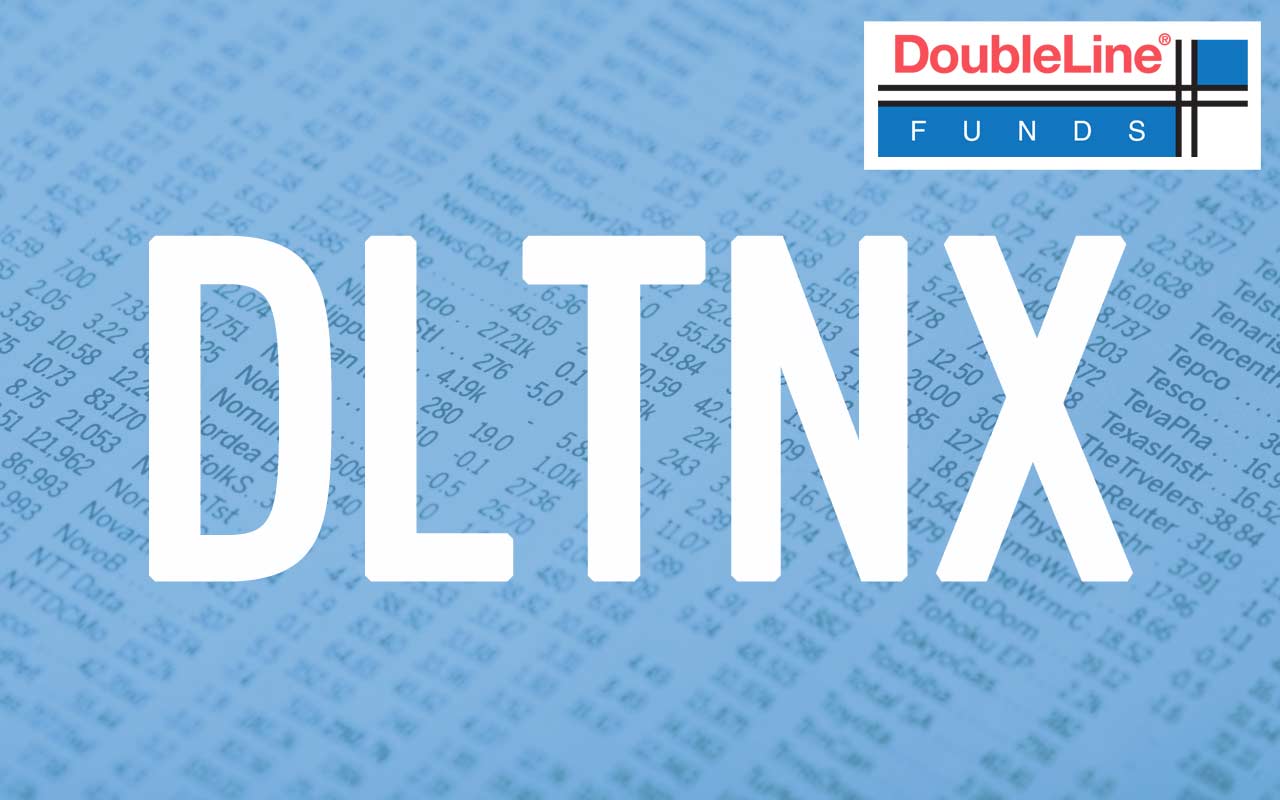
Counterbalancing Plus: DoubleLine Total Return Bond
- Symbol: DLTNX
- 1-year return: 3.4%
- 3-year return: 3.6%
- 5-year return: 3.2%
- Expense ratio: 0.73%
- Yield: 2.9%
DoubleLine Total Return Bond is another core-plus fund and Kip 25 member as well. The managers seek to balance the twin risks of issuer defaults and interest rate swings (when interest rates rise, bond prices fall and vice versa). At last report, the fund held a 45% stake in government-agency mortgage-backed securities, which carry no default risk but a lot of interest rate risk, and 35% of the portfolio in non-agency mortgage-backed bonds, which have little interest rate risk but high default risk. Recent returns have suffered because the fund doesn’t hold much in corporate bonds, which have been hot lately. But over the past decade, this low-volatility strategy has outpaced its peers and the Agg index.
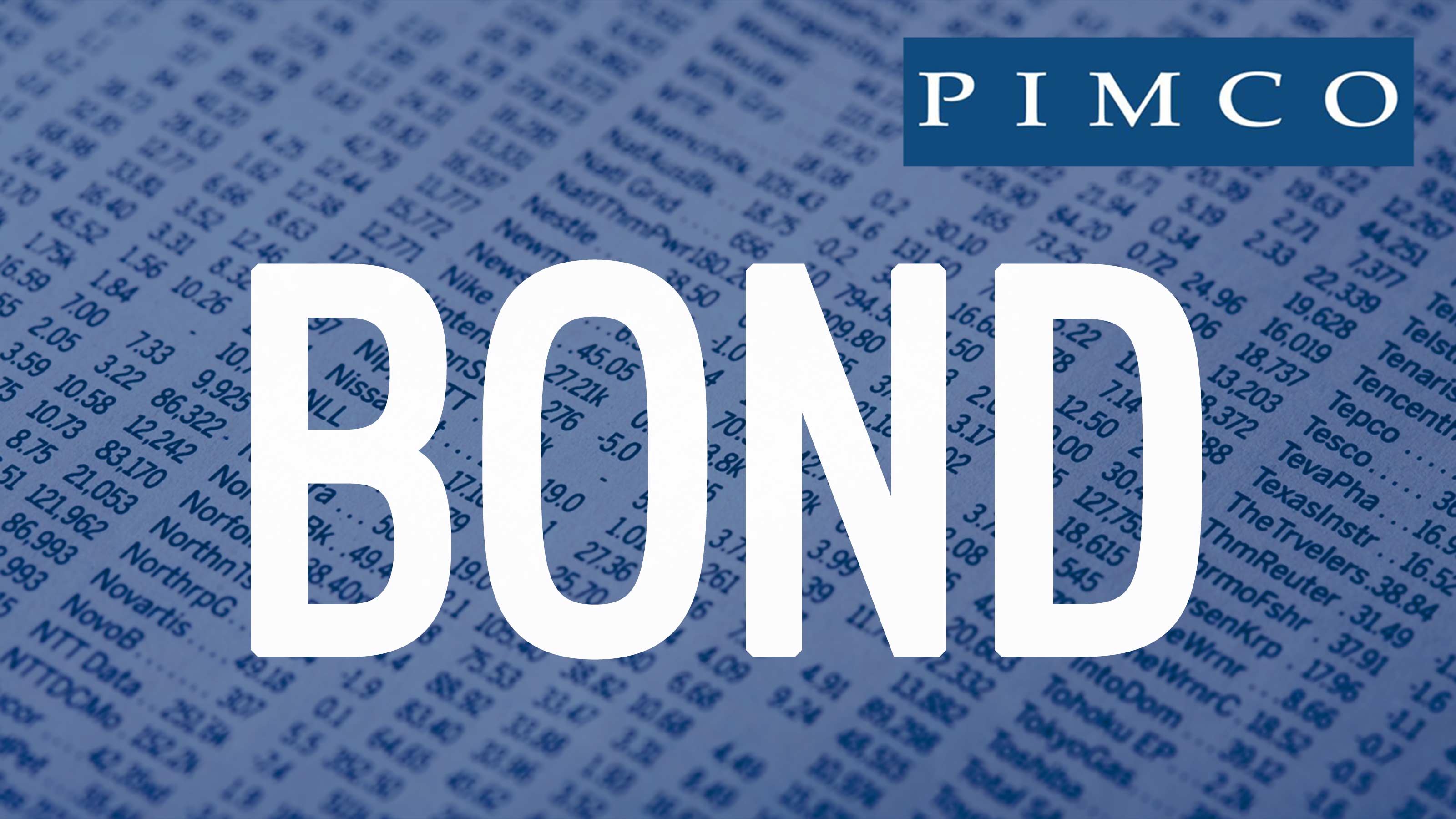
Counterbalancing Plus: Pimco Active Bond ETF
- Symbol: BOND
- 1-year return: 7.4%
- 3-year return: 5.4%
- 5-year return: 4.5%
- Expense ratio: 0.73%
- Yield: 1.8%
Pimco Active Bond is also worth a look as a core-plus option. As its name implies, it’s actively managed—emphasis on active in the current market, says comanager David Braun. “It is a bond picker’s market right now,” he says. During the bond sell-off in March, the managers loaded up on agency mortgage-backed securities and investment-grade corporate debt.
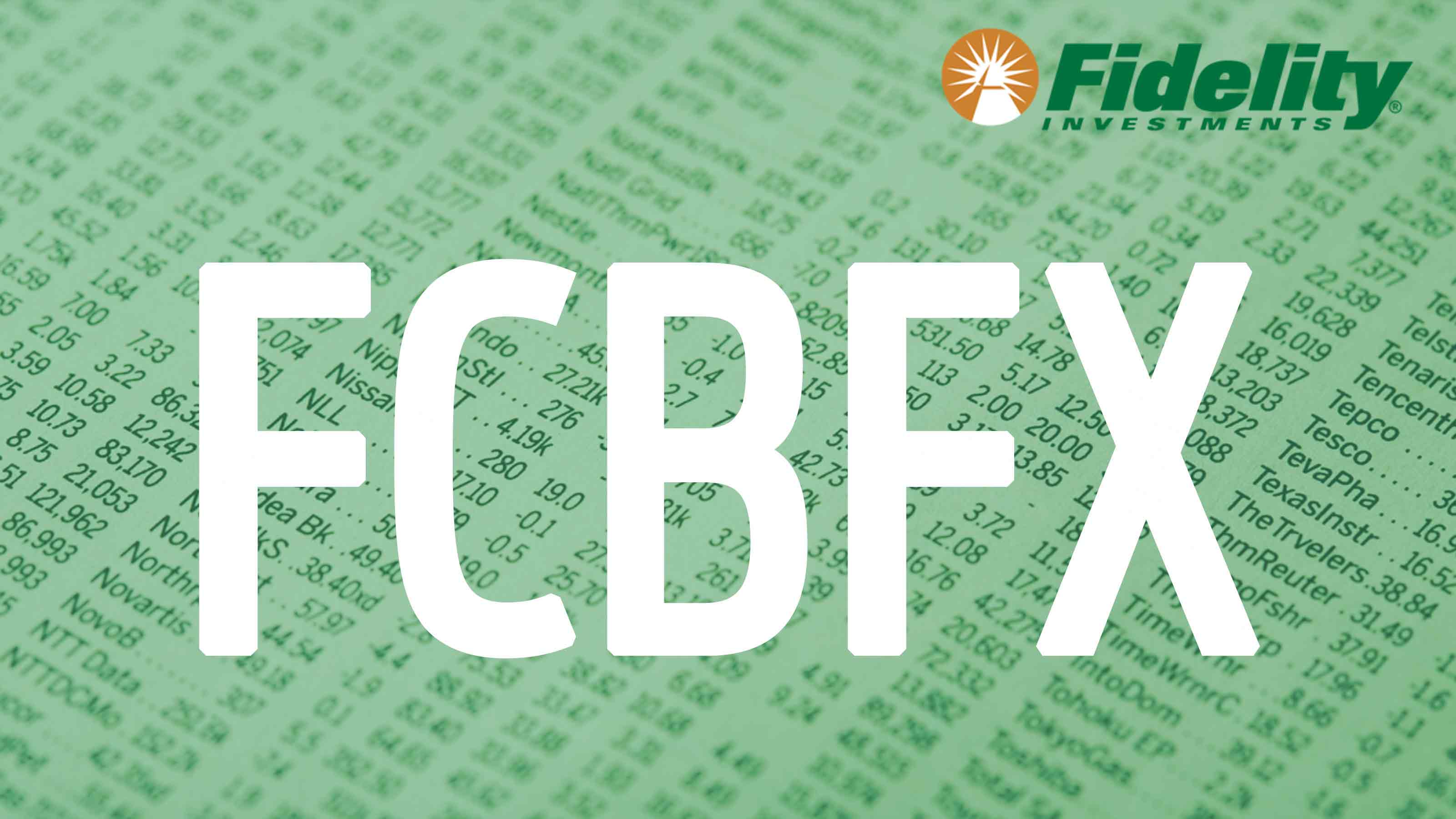
Generating Income: Fidelity Corporate Bond
- Symbol: FCBFX
- 1-year return: 11.7%
- 3-year return: 7.4%
- 5-year return: 6.5%
- Expense ratio: 0.45%
- Yield: 1.5%
No doubt, bond yields are not what they were. Prior to the financial crisis of 2007–09, for instance, 10-year Treasuries yielded nearly 5%. That said, with a careful blend of bond funds, you can eke out a yield of 2% to 3% with only a bit of added risk. Lean on high-quality, investment-grade corporate bonds—those rated between triple-A and triple-B—which currently yield 1.40% to 2.29%. That sounds low, but it’s better than what you’ll earn on cash, which is nothing. “Yield is relative,” says Paul Zemsky, chief investment officer of multi-asset strategies and solutions at Voya. In addition to investing in high-quality corporates, you can boost income—in small doses—with a multisector bond fund or a high-yield bond fund.
Fidelity Corporate Bond has returned 7.4% annualized over the past three years, which beats 83% of all investment-grade corporate bond funds. It outpaced its peers on a risk-adjusted basis, too, over the past one, three, five and 10 years. The trio that run Corporate Bond also manage the active ETF Fidelity Corporate Bond (FCOR). The ETF sports a slightly lower expense ratio of 0.36% and a higher yield of 1.8%.
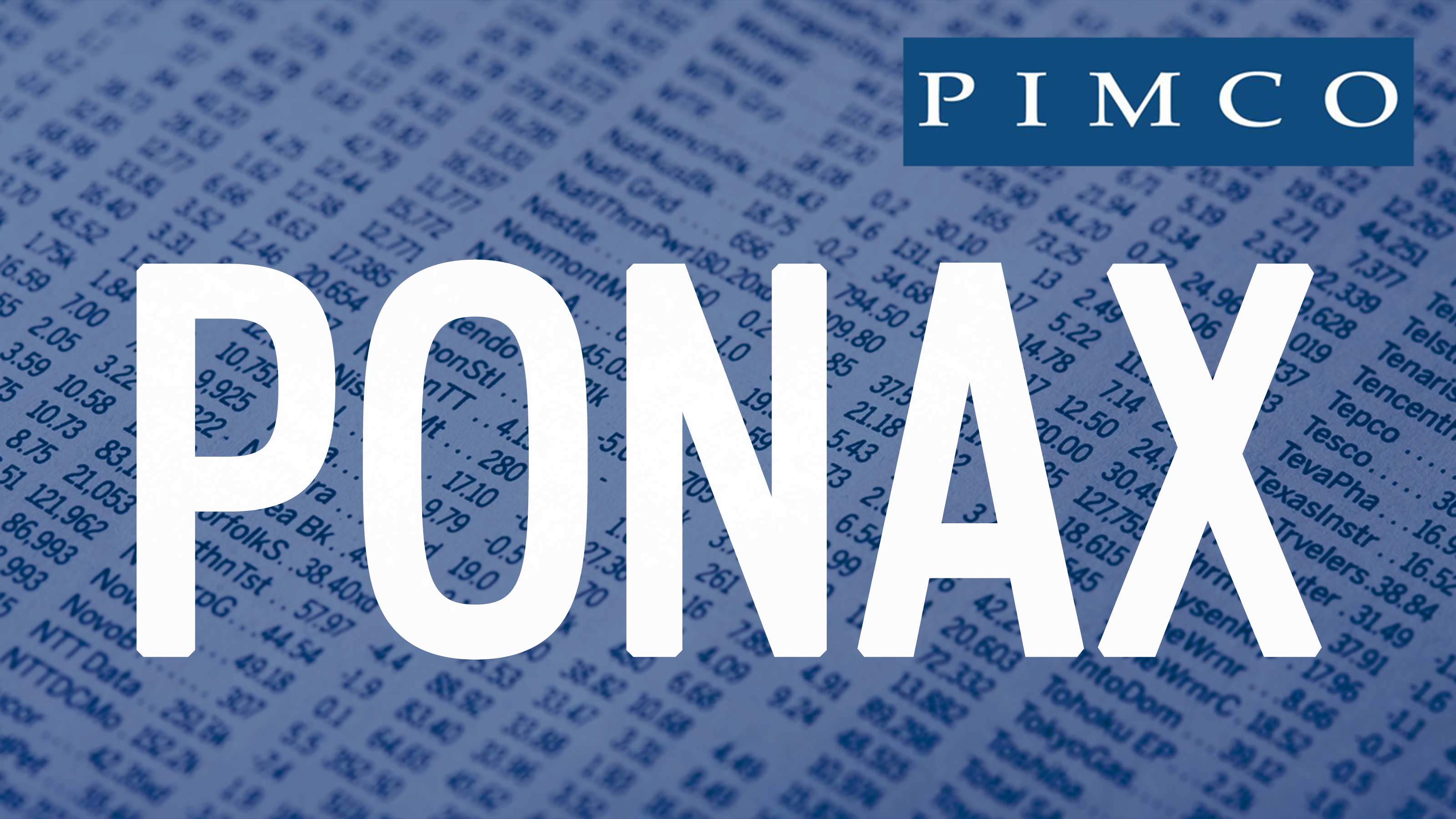
Generating Income: Pimco Income A
- Symbol: PONAX
- 1-year return: 2.5%
- 3-year return: 3.3%
- 5-year return: 4.7%
- Expense ratio: 1.45%
- Yield: 2.5%
A multisector bond fund floats between sectors to capitalize on the best opportunities. Pimco Income is designed to deliver a steady income stream. It currently holds mostly securitized debt (mortgage-backed and asset-backed securities not guaranteed by the U.S. government), emerging-markets debt and high-yield corporate IOUs. But not all of the fund is junky. Income also holds a small slug of investment-grade credit and government bonds.
Given its preferred milieu, however, the fund’s performance was rough during the March bond sell-off, and it lost nearly 9% (compared with a 5.7% loss in the Agg index). But Income, which yields 2.48%, has been a stalwart in the past. The fund levies a front-end sales charge, but at E*Trade, Fidelity, Schwab and TD Ameritrade, you can buy shares without a load or a transaction fee.
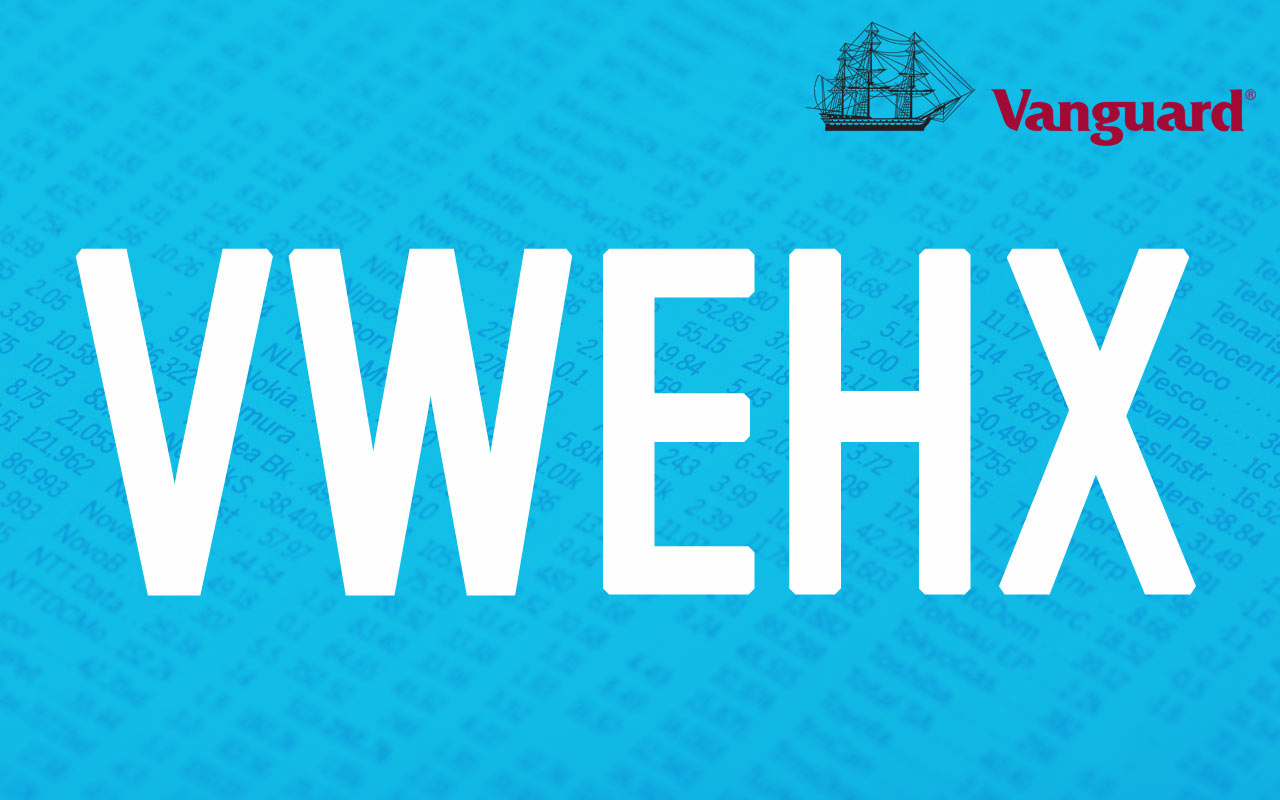
Generating Income: Vanguard High Yield Corporate
- Symbol: VWEHX
- 1-year return: 6.1
- 3-year return: 4.8%
- 5-year return: 5.6%
- Expense ratio: 0.23%
- Yield: 4.1%
High-yield debt, in small doses, can spice up your income exposure. There are good opportunities, says Voya’s Zemsky, but you must be selective. “A high-yield index fund is not a good idea,” he says. “Buy one that’s run by a seasoned manager who is skilled at picking good credit.” Vanguard High Yield Corporate, a member of the Kip 25, has long won our favor. Manager Michael Hong keeps risk at bay by focusing on debt rated double-B, the highest-quality junk-bond rating. It yields 4.12%.
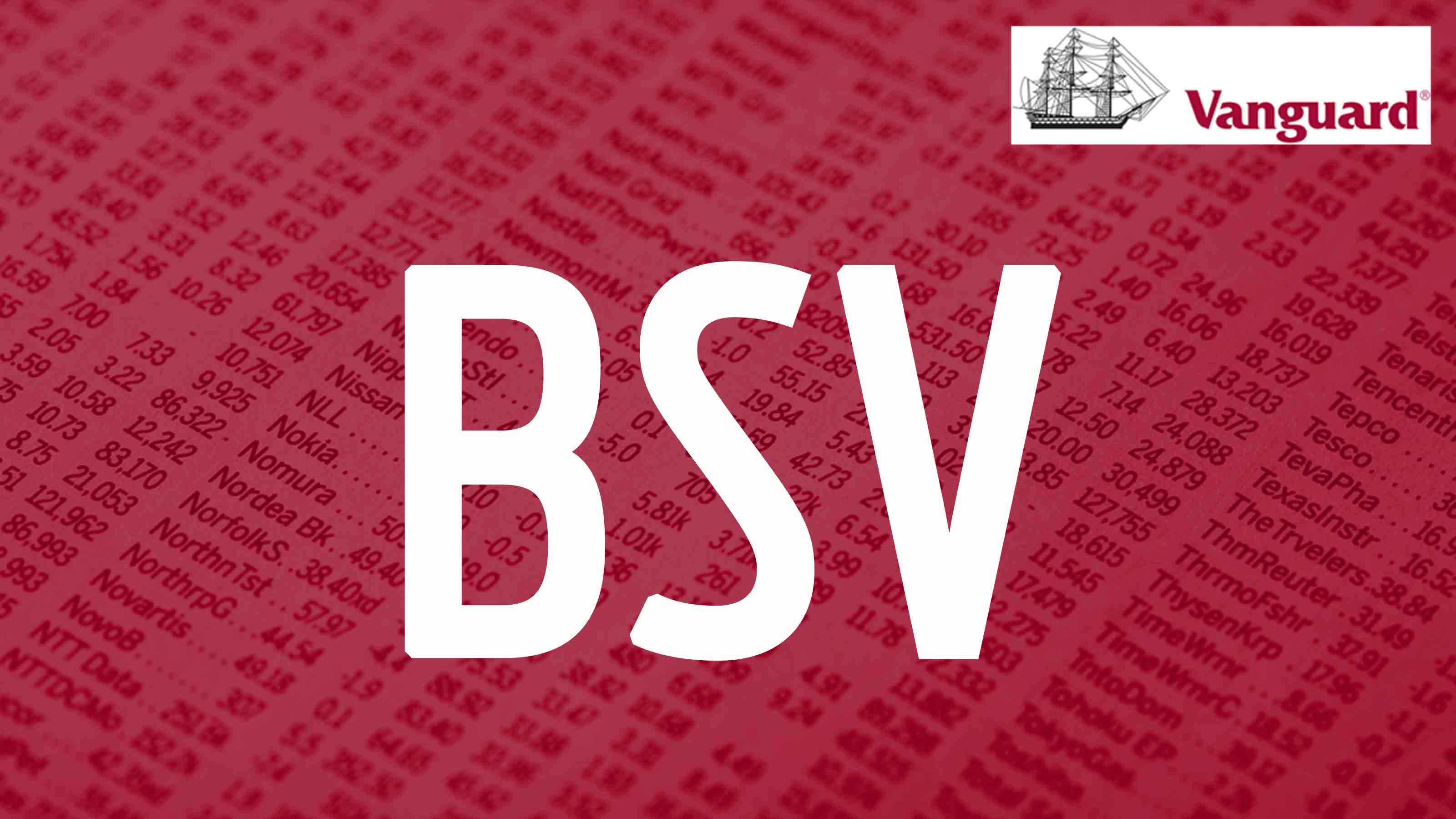
Preserving Capital: Vanguard Short-Term Bond ETF
- Symbol: BSV
- 1-year return: 5.0%
- 3-year return: 3.4%
- 5-year return: 2.6%
- Expense ratio: 0.05%
- Yield: 0.4%
This strategy strives to prevent losses and is usually reserved for money you’re going to need within three years or so. High-quality short-term bond funds are the best bets for this corner of your bond portfolio. Risk of default is negligible. These funds are also less interest-rate sensitive, which can provide a hedge against rising rates. Though few bond experts expect interest rates to rise in the near term, rates are historically low, so the risk of a move higher is greater.
Vanguard Short-Term Bond ETF tracks an index that includes a mix of investment-grade government, corporate and international bonds denominated in U.S. dollars. Maturities span one to five years. The ETF has an average credit quality of double-A and its performance is steady. Over the past decade, the ETF has been roughly half as volatile as the broad bond index, Bloomberg Barclays U.S. Aggregate Bond. A mutual fund version of the fund, Vanguard Short-Term Bond Index (VBIRX), charges 0.07% in fees and yields 0.36%.
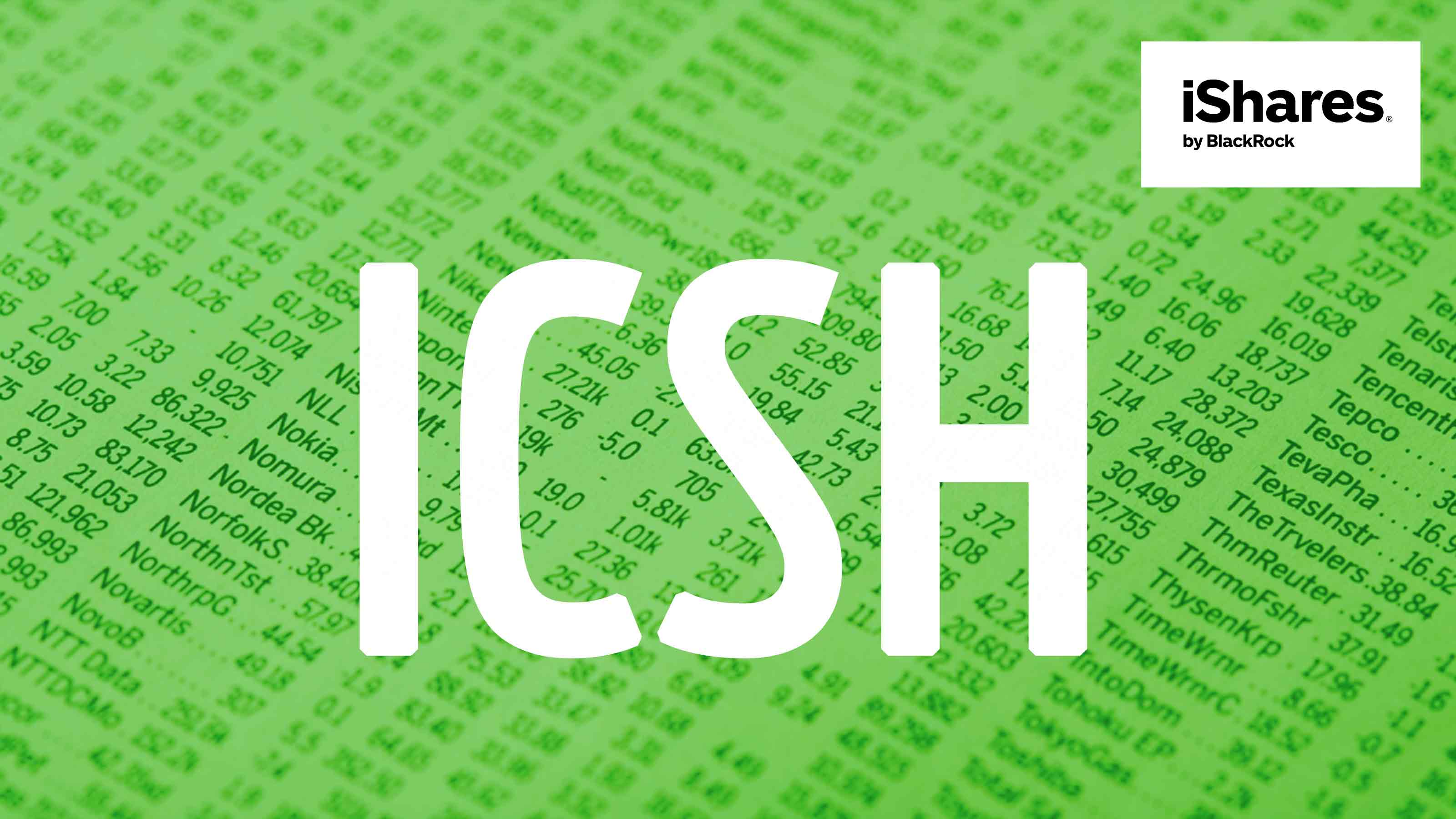
Preserving Capital: iShares Ultra Short-Term Bond
- Symbol: ICSH
- 1-year return: 2.4%
- 3-year return: 2.5%
- 5-year return: 1.9%
- Expense ratio: 0.08%
- Yield: 0.6%
An even tamer bet is iShares Ultra Short-Term Bond. This actively managed ETF holds a mix of cash and corporate debt with one- to three-year maturities. It held up well when the bond market plunged in March, losing less than 1%, compared with a 5.7% deficit in the Agg index. (Vanguard Short-Term Bond surrendered 1.7%.) Plus, Ultra Short-Term Bond’s 2.4% one-year return beats the yield of most money market funds.
50 Top Stock Picks That Billionaires Loved in Q2
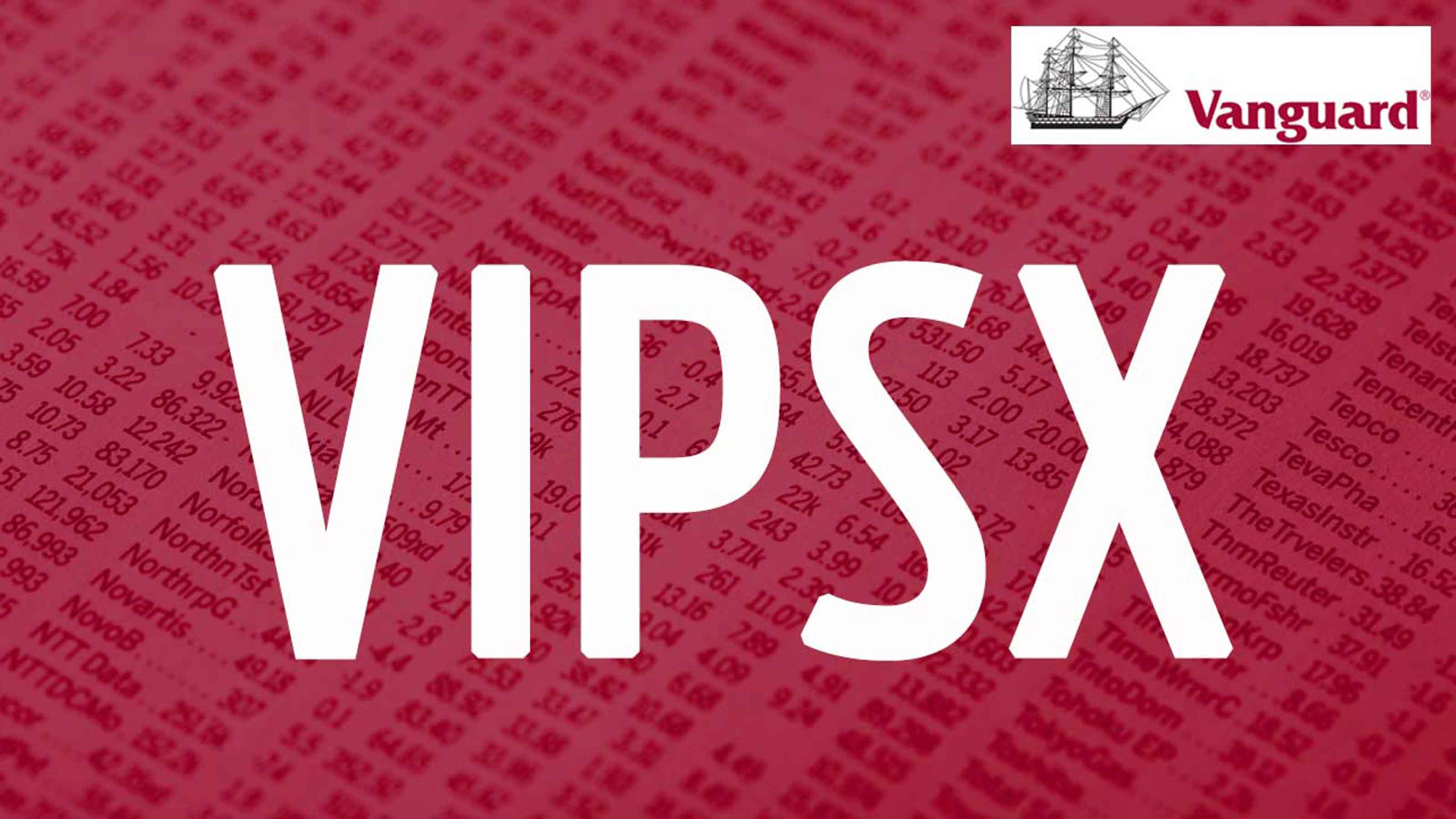
Inflation Hedging: Vanguard Inflation-Protected Securities
- Symbol: VIPSX
- 1-year return: 9.2%
- 3-year return: 5.4%
- 5-year return: 4.1%
- Expense ratio: 0,20%
- Yield: -1.1%
We’re not worried about inflation for now. Kiplinger expects 1.2% inflation for 2020, below the 2.3% rate recorded in 2019. But the Fed’s easy-money policies mean high inflation is a great “likelihood” in the future, says Sam Lau, a strategic commodity portfolio manager with DoubleLine. Treasury inflation-protected securities, or TIPS, act as an insurance policy against rising prices. They pay a fixed coupon rate on top of principal that is adjusted for inflation and they come with the full faith and credit of the U.S. government. You can buy TIPS directly from Uncle Sam (at www.treasurydirect.gov) or through your brokerage firm. Holding the actual bond ensures you’ll get your inflation-adjusted principal back, plus the bond’s coupon rate, or interest, over time. With a negative 1.04% yield currently, that means you’ll get inflation minus the negative yield.
You can also get TIPS protection from bond funds. We like Vanguard Inflation-Protected Securities. This actively managed fund invests only in U.S. inflation-protected bonds—unlike some other offerings in this category, which goose returns with investments in higher-risk assets, including commodities and high-yield bonds. That’s one reason this solid fund’s three- and five-year annualized returns rank just above average compared with its peers’ returns.
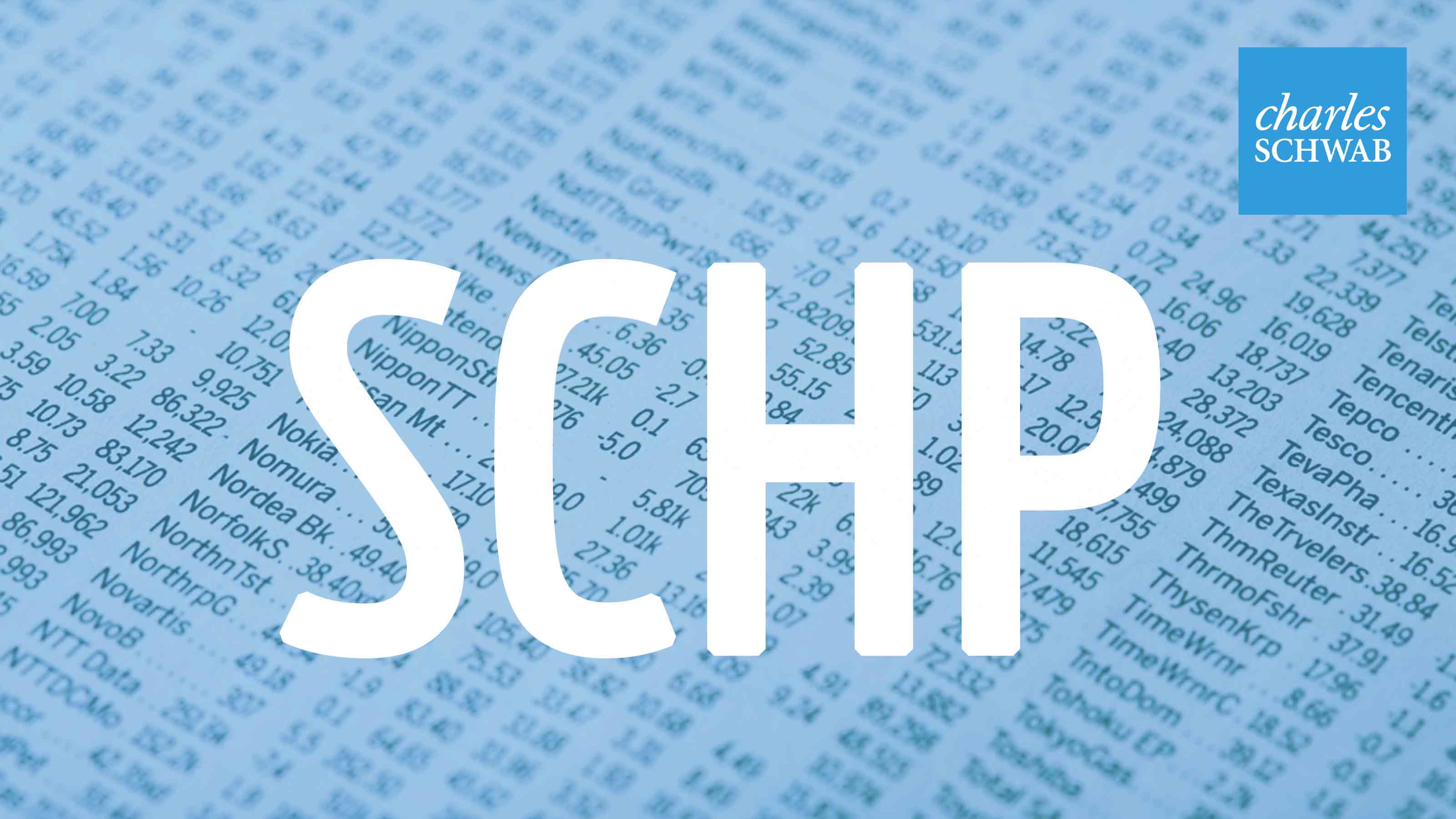
Inflation Hedging: Schwab US TIPS ETF
- Symbol: SCHP
- 1-year return: 9.1%
- 3-year return: 5.6%
- 5-year return: 4.2%
- Expense ratio: 0.05%
- Yield: -0.03%
Schwab US TIPS is an index-based exchange-traded fund with a super-low fee—an advantage over its typical peer, which charges 0.73%. The ETF has outpaced its peers in eight of the past nine full calendar years. The catch is its negative 0.03% yield.
TIPS matter more for investors who are already retired than for those who are early in their careers. The typical target-date fund for those already retired allocates nearly 10% of assets to TIPS. For those just beginning their working life, target-date funds usually have a fraction of 1% of assets in TIPS. For investors still working but nearing retirement, an allotment of 2% to 5% is more than enough in your bond portfolio. If inflation were to spike, however, we might change our tune.
Profit and prosper with the best of Kiplinger's advice on investing, taxes, retirement, personal finance and much more. Delivered daily. Enter your email in the box and click Sign Me Up.

Nellie joined Kiplinger in August 2011 after a seven-year stint in Hong Kong. There, she worked for the Wall Street Journal Asia, where as lifestyle editor, she launched and edited Scene Asia, an online guide to food, wine, entertainment and the arts in Asia. Prior to that, she was an editor at Weekend Journal, the Friday lifestyle section of the Wall Street Journal Asia. Kiplinger isn't Nellie's first foray into personal finance: She has also worked at SmartMoney (rising from fact-checker to senior writer), and she was a senior editor at Money.
-
 'Humbug!' Say Consumers, Despite Hot GDP: Stock Market Today
'Humbug!' Say Consumers, Despite Hot GDP: Stock Market Today"The stock market is not the economy," they say, but both things are up. Yet one survey says people are still feeling down in the middle of this complex season.
-
 The SEC Is Concerned for Older Investors and Retirement Savers. Here's What You Should Know
The SEC Is Concerned for Older Investors and Retirement Savers. Here's What You Should KnowThe SEC focusing on older investors, retirement and college savers, and private securities. Here's how those changes impact you.
-
 Vesting, Catch-Ups and Roths: The 401(k) Knowledge Quiz
Vesting, Catch-Ups and Roths: The 401(k) Knowledge QuizQuiz Test your understanding of key 401(k) concepts with our quick quiz.
-
 What Fed Rate Cuts Mean For Fixed-Income Investors
What Fed Rate Cuts Mean For Fixed-Income InvestorsThe Fed's rate-cutting campaign has the fixed-income market set for an encore of Q4 2024.
-
 The Most Tax-Friendly States for Investing in 2025 (Hint: There Are Two)
The Most Tax-Friendly States for Investing in 2025 (Hint: There Are Two)State Taxes Living in one of these places could lower your 2025 investment taxes — especially if you invest in real estate.
-
 The Final Countdown for Retirees with Investment Income
The Final Countdown for Retirees with Investment IncomeRetirement Tax Don’t assume Social Security withholding is enough. Some retirement income may require a quarterly estimated tax payment by the September 15 deadline.
-
 The 24 Cheapest Places To Retire in the US
The 24 Cheapest Places To Retire in the USWhen you're trying to balance a fixed income with an enjoyable retirement, the cost of living is a crucial factor to consider. Is your city the best?
-
 Dividends Are in a Rut
Dividends Are in a RutDividends may be going through a rough patch, but income investors should exercise patience.
-
 Municipal Bonds Stand Firm
Municipal Bonds Stand FirmIf you have the cash to invest, municipal bonds are a worthy alternative to CDs or Treasuries – even as they stare down credit-market Armageddon.
-
 High Yields From High-Rate Lenders
High Yields From High-Rate LendersInvestors seeking out high yields can find them in high-rate lenders, non-bank lenders and a few financial REITs.
-
 Time to Consider Foreign Bonds
Time to Consider Foreign BondsIn 2023, foreign bonds deserve a place on the fringes of a total-return-oriented fixed-income portfolio.
